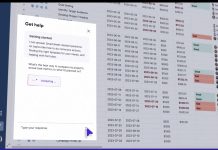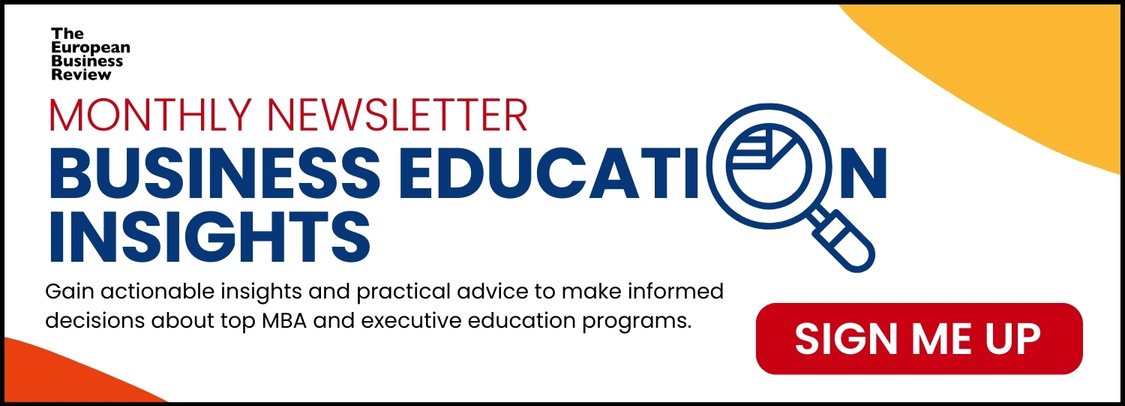By Lissele Pratt
High-risk industries face constant scrutiny. Banks hesitate. Regulators crack down. Even compliant businesses struggle to access financial services. Could AI help banks assess these industries more fairly? Lissele Pratt, co explores the possibilities.
The current landscape
High-risk industries like crypto, gambling, CBD, and trading are always under the microscope. Banks hesitate to work with them. Regulators crack down hard. Fraud risks and compliance challenges make everything even tougher. Last year, 75% of crypto hedge fund firms reported issues accessing or growing banking services for their funds, compared to none of the traditional alternative investment managers surveyed.
Yet, not all high-risk businesses are the same. Many have strong compliance frameworks and responsible financial practices. Still, they face the same restrictions as riskier players. This broad-strokes approach makes it harder for legitimate businesses to operate.
Now, AI is already transforming fraud detection, compliance, and risk management. It spots threats faster, reduces false positives, and gives a clearer picture of financial risk. Could this be the solution to a fairer, more accurate way of assessing high-risk businesses?
How can AI help banks see high-risk industries differently?
AI has the power to move banks beyond outdated, one-size-fits-all risk assessments. But how exactly does it make this possible?
Smarter fraud detection
Fraud is everywhere in high-risk industries. High risk spaces attract bad actors. Scammers move money through fake accounts. Fraud rings exploit loopholes. The risks are real, and banks know it. That’s why they play it safe. If an industry has a high fraud rate, they’d rather shut the door entirely than take the chance.
The problem with this is that this approach punishes everyone. Legitimate businesses, ones with strong compliance and responsible financial practices, get caught in the same net as criminals.
Instead of following static rules, AI learns. It analyzes thousands of data points in real time, spotting patterns humans would never catch. Anomalies. Unusual behaviors. Subtle shifts in transaction habits. AI picks up on them instantly. That’s why banks using AI for fraud detection are seeing results. Some report detection rates of over 90%, with false positives dropping by nearly half.
Compliance and regulatory monitoring
Right now, banks spend over $60 billion a year on compliance operations. It’s slow, expensive, and filled with inefficiencies. Manual reviews, endless documentation, and outdated systems clog the process. What’s worse is that traditional compliance systems flood teams with false positives, flagging transactions that aren’t actually suspicious.
AI-powered compliance tools cut false positives by nearly half. They scan massive amounts of data in real time, filtering out noise so compliance teams can focus on real risks. With AI, you can scan huge amounts of data in real time, spotting real risks while filtering out the noise. Instead of reacting after a problem happens, AI helps banks catch red flags early.
Instead of scrambling to keep up with new regulations, AI updates compliance systems automatically. AI even makes identity checks more reliable, speeding up Know Your Customer and Anti-Money Laundering processes.
Balancing AI’s potential with operational and ethical concerns
Only if used wisely could AI help banks to see high-risk industries differently. Like any new innovation, there are challenges that must be considered.
- Trust and transparency: AI can analyze thousands of data points in seconds, but it can’t always explain its If a crypto or CBD business is flagged as high risk, and the bank can’t say why, that’s a problem. Regulators demand accountability. Businesses need fairness. If AI is learning from historical biases (like years of overly cautious banking policies, for instance) it could end up reinforcing the very barriers it’s supposed to break down.
- Over-reliance: AI is great at spotting fraud, but criminals are evolving Deepfake identities, synthetic transactions, people who participate in fraud are getting smarter. If banks put too much trust in AI without human oversight, they risk relying on systems that bad actors have already learned to manipulate.
- Regulatory barriers: Even if AI proves a business is financially stable and compliant, the law might still say no. High risk businesses don’t just face financial risk, they deal with shifting regulations, political scrutiny, and reputational AI can help banks assess businesses more fairly, but it can’t rewrite the rules they have to follow.
- Implementation: AI needs high-quality data, constant updates, and seamless integration with legacy banking systems, many of which were built decades ago. Large banks have the resources to make it Smaller institutions may not. And, if banks roll out AI without proper oversight, they risk compliance failures, bad decisions, and backlash from regulators.
Final thoughts
AI won’t fix everything. It won’t change regulations overnight. It won’t erase risk. But it can change how banks see it.
For too long, high-risk industries have been judged the same way—broad rules, blanket bans, no room for nuance. AI gives us a chance to do better. To separate bad actors from responsible businesses. To make decisions based on facts, not fear.
But AI is just a tool. It’s up to banks to use it wisely. To question their own biases. To demand transparency. To stop taking the easy way out.
The technology is ready. The excuses are running out. Now, it’s time for banks to decide: Will they keep looking at high-risk industries the same way? Or will they finally start seeing the difference?




 Lissele Pratt
Lissele Pratt
































